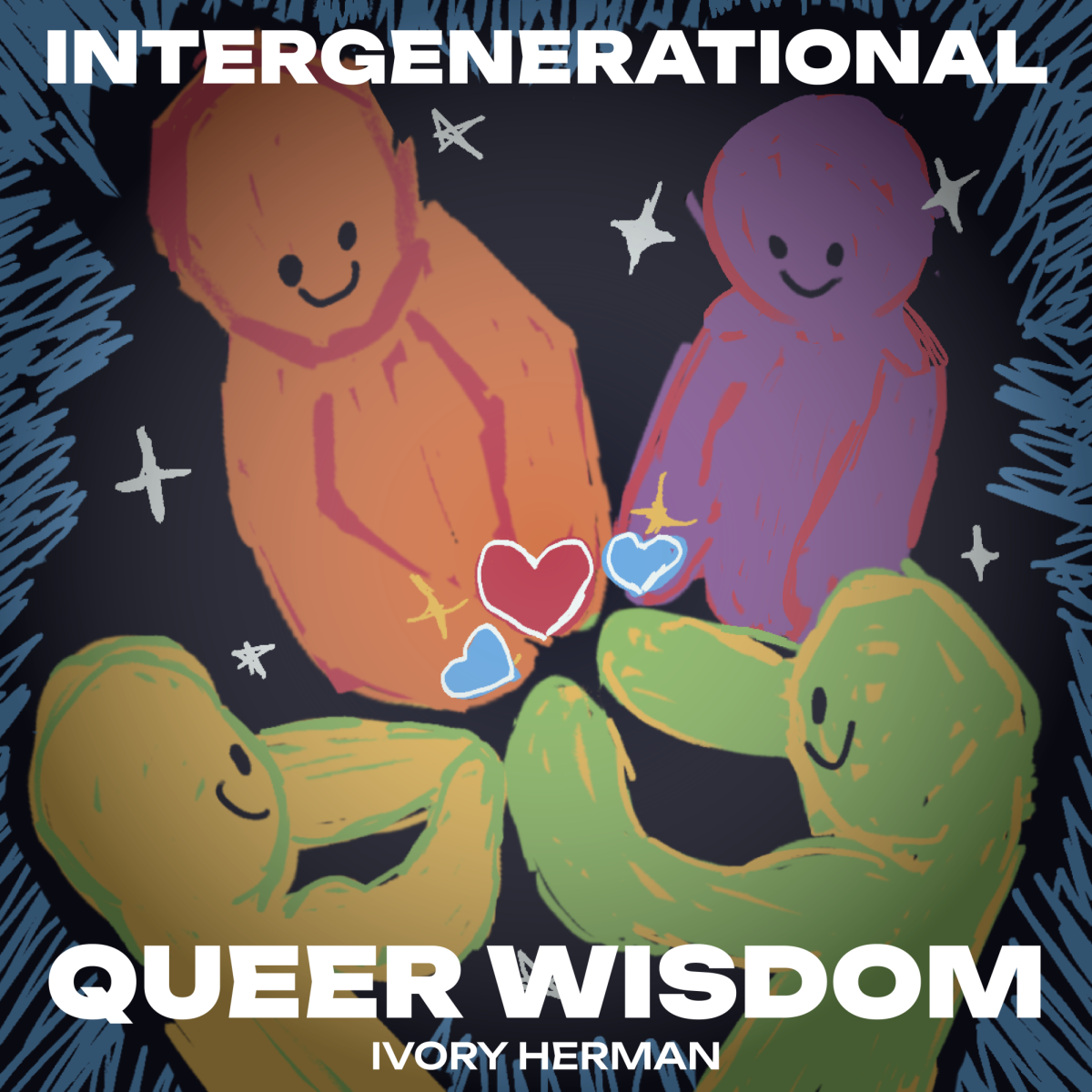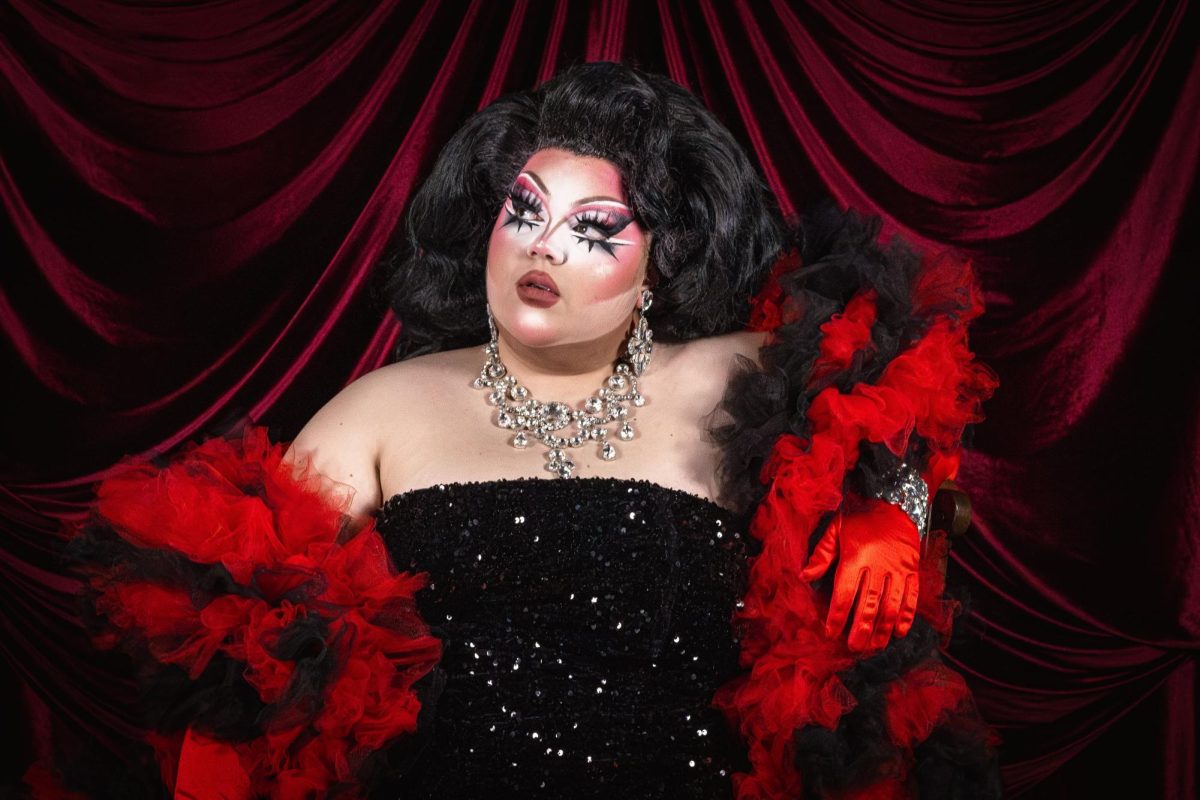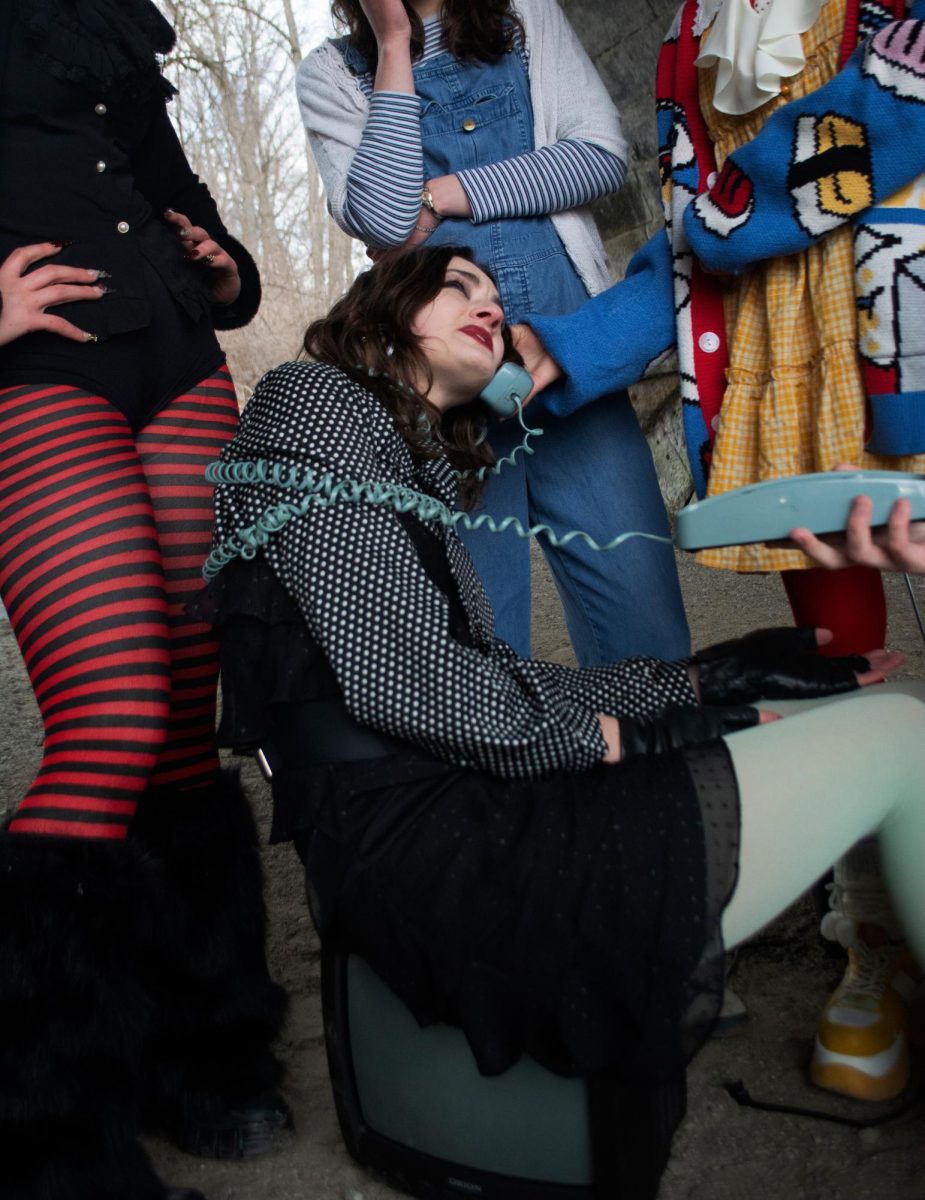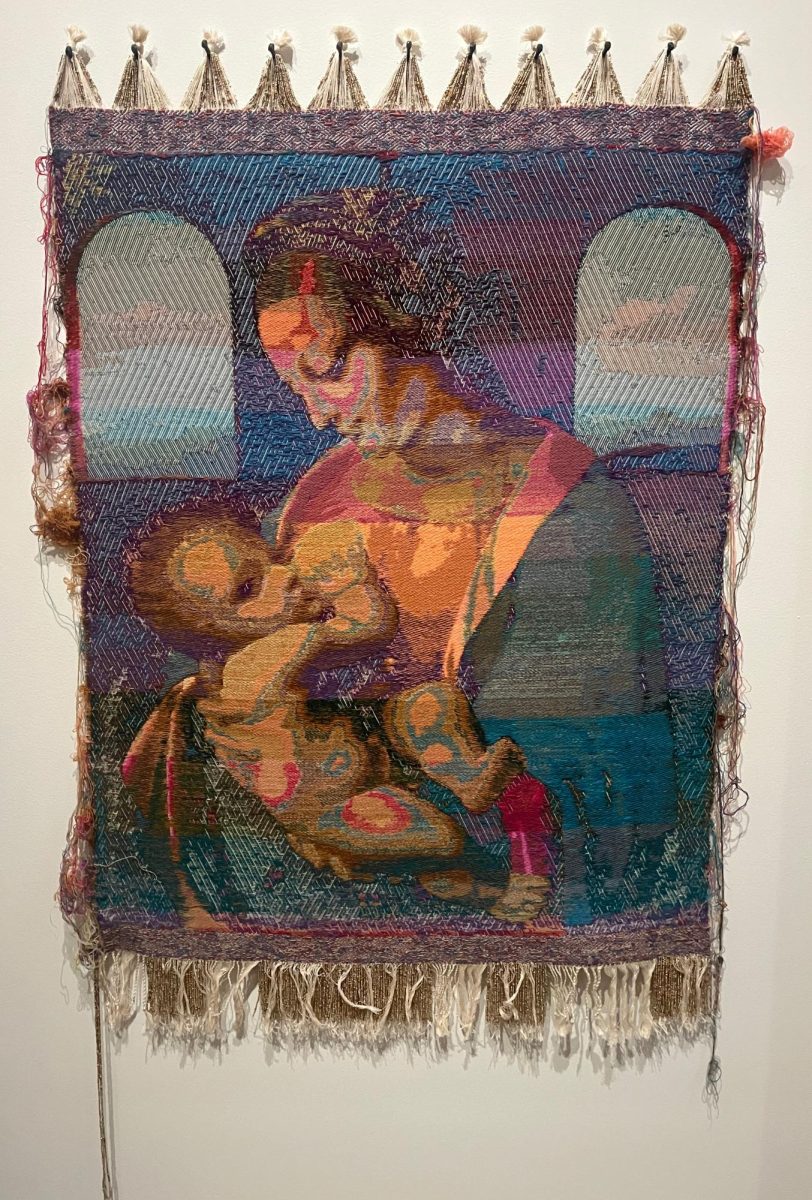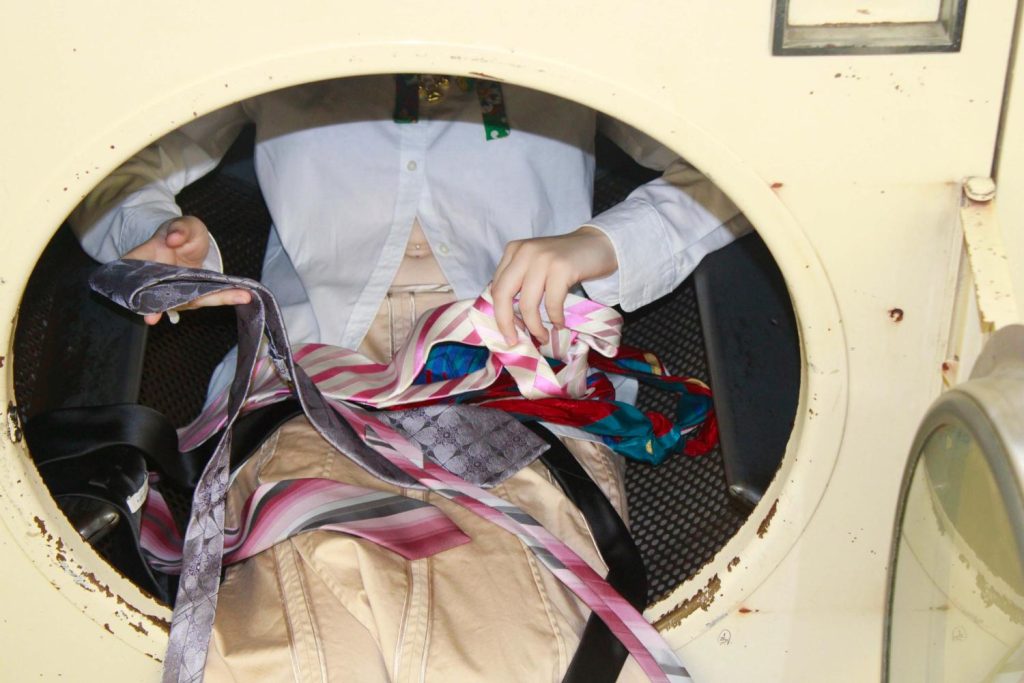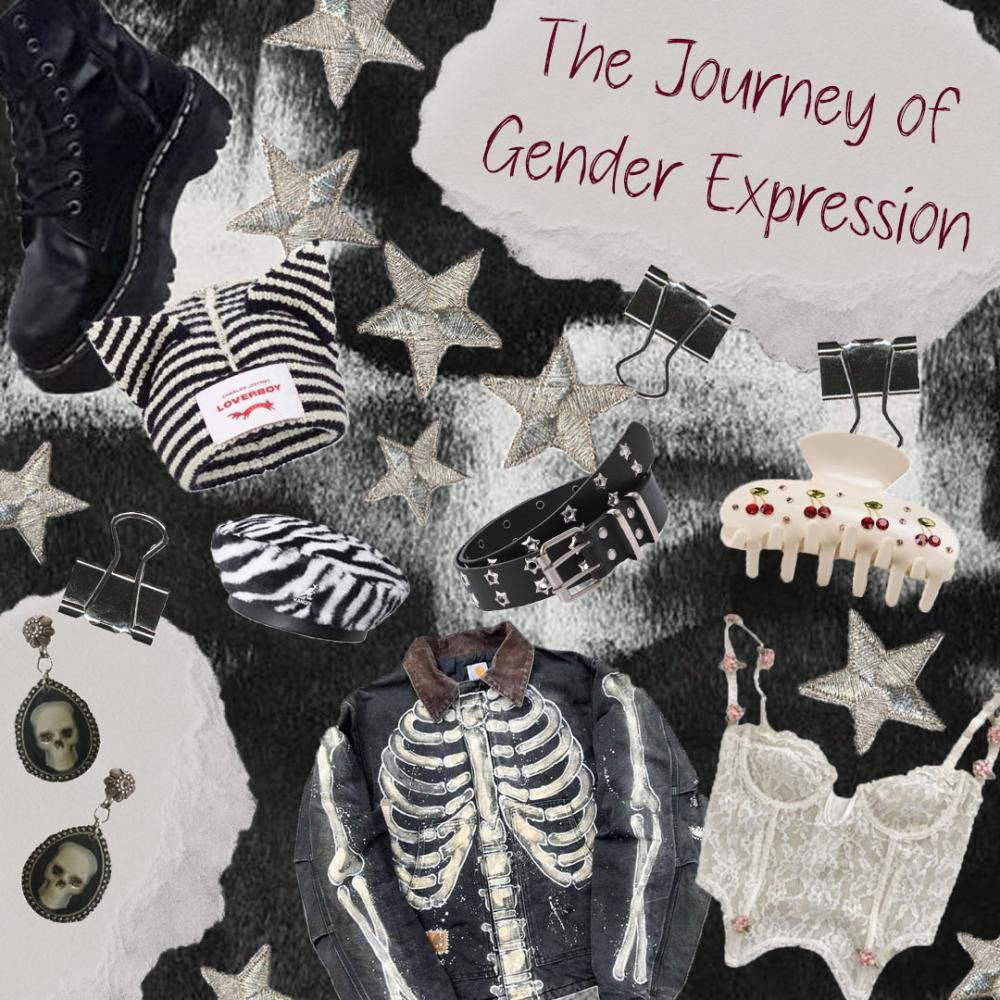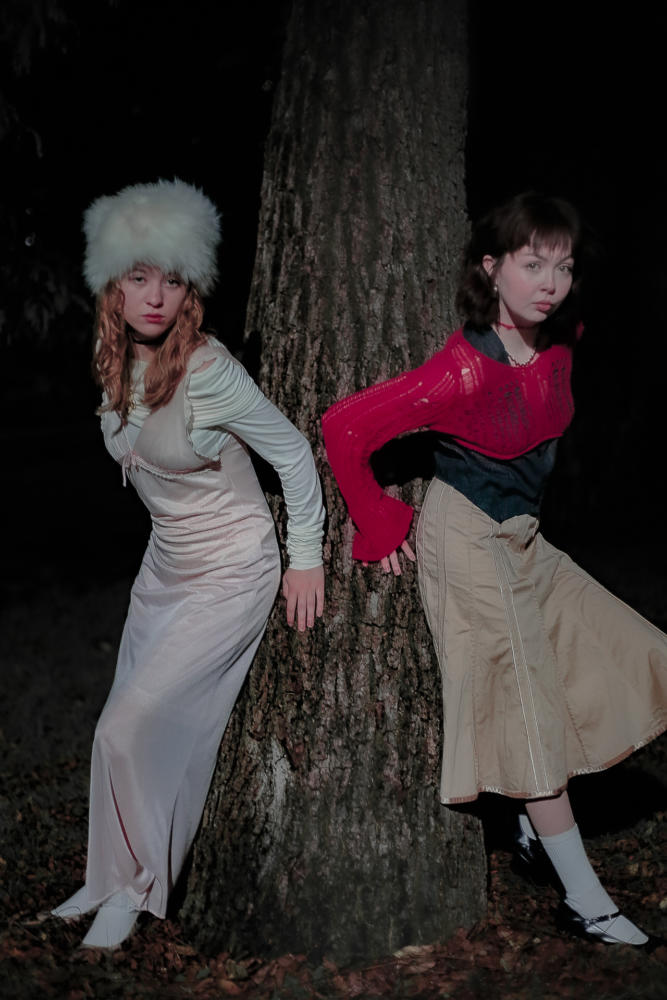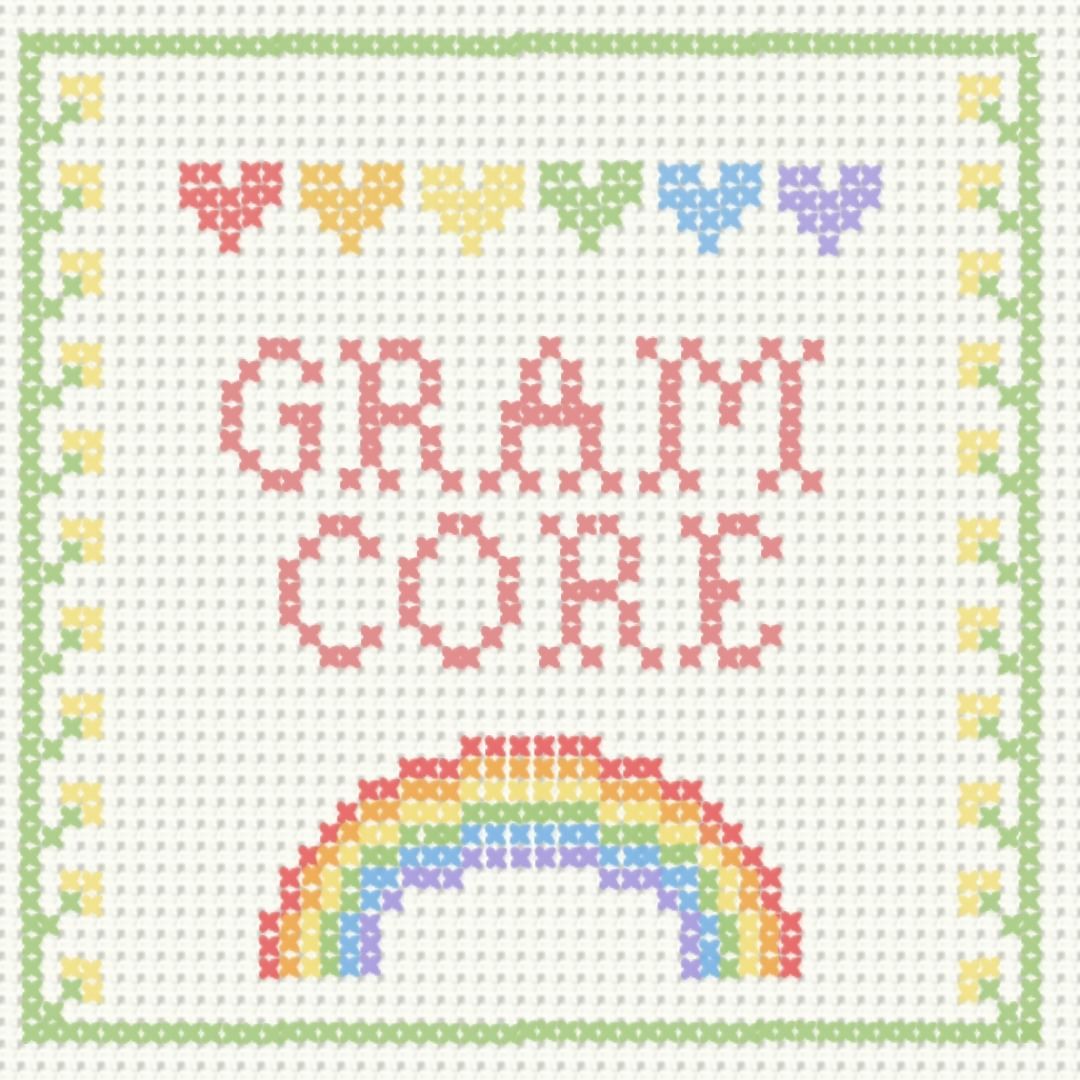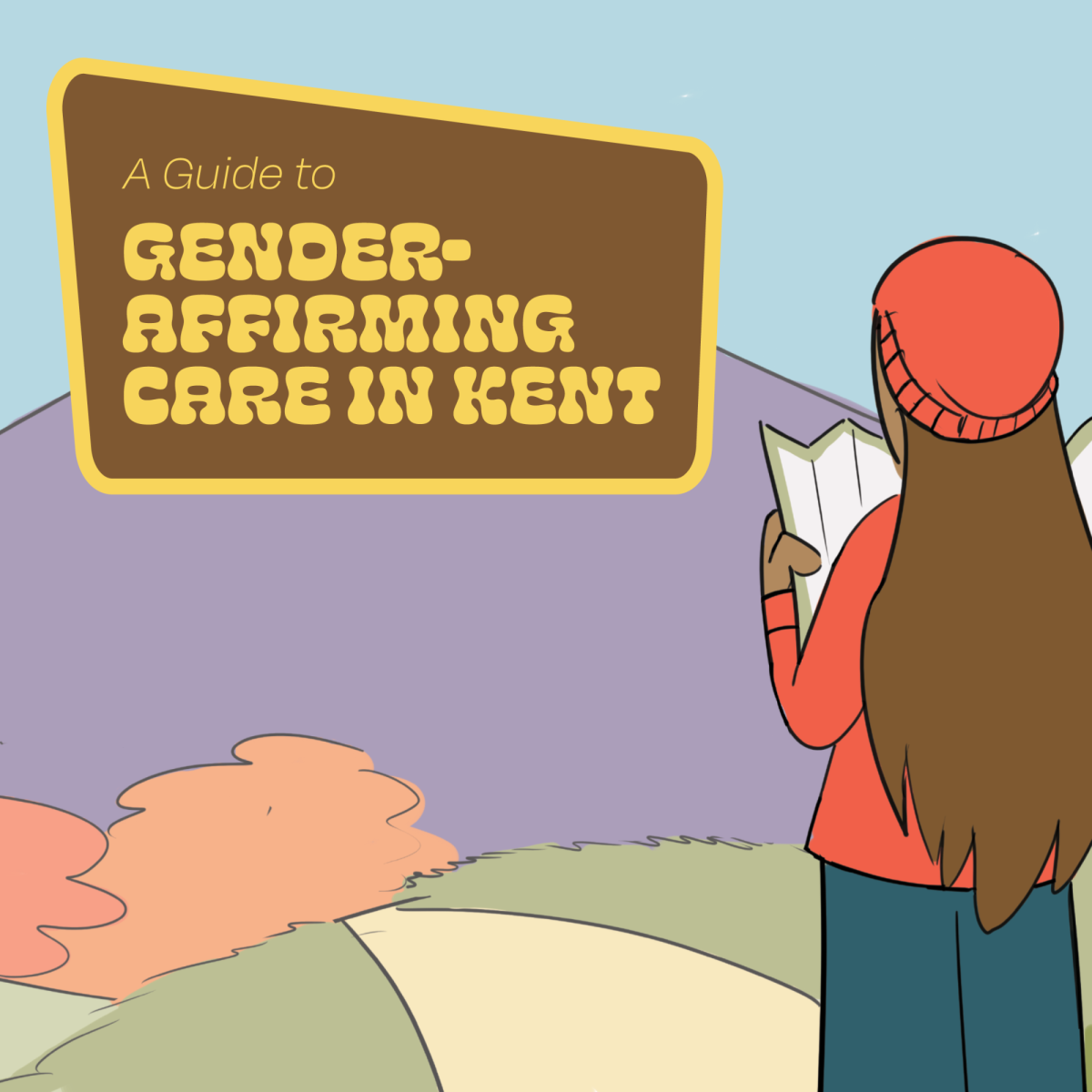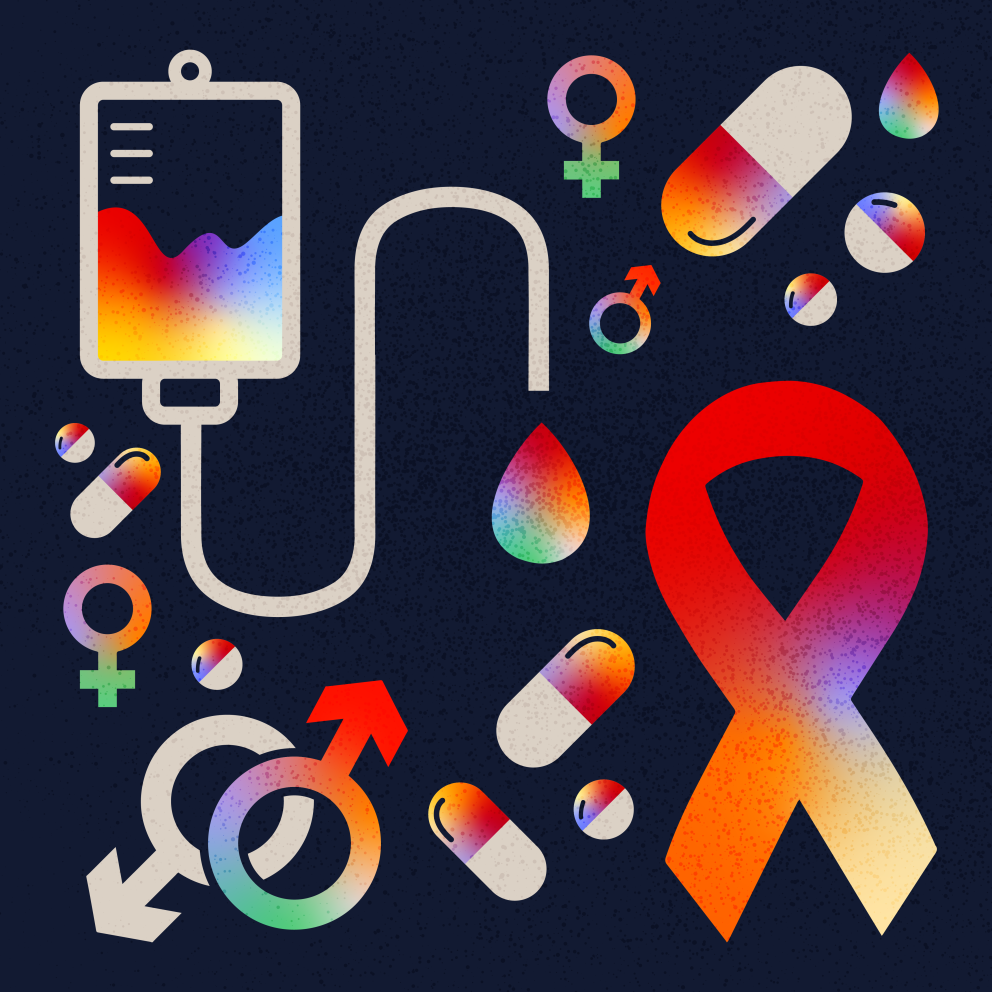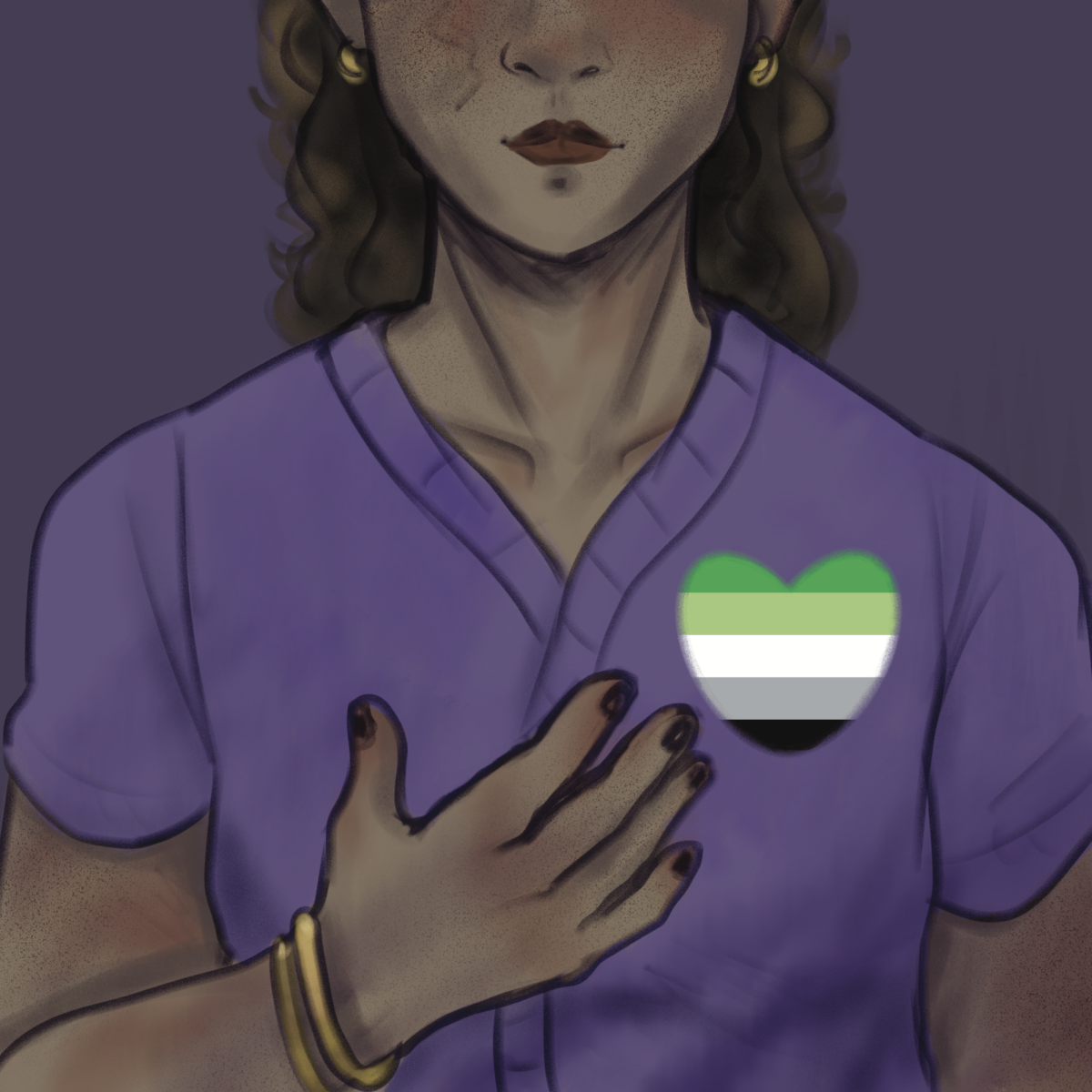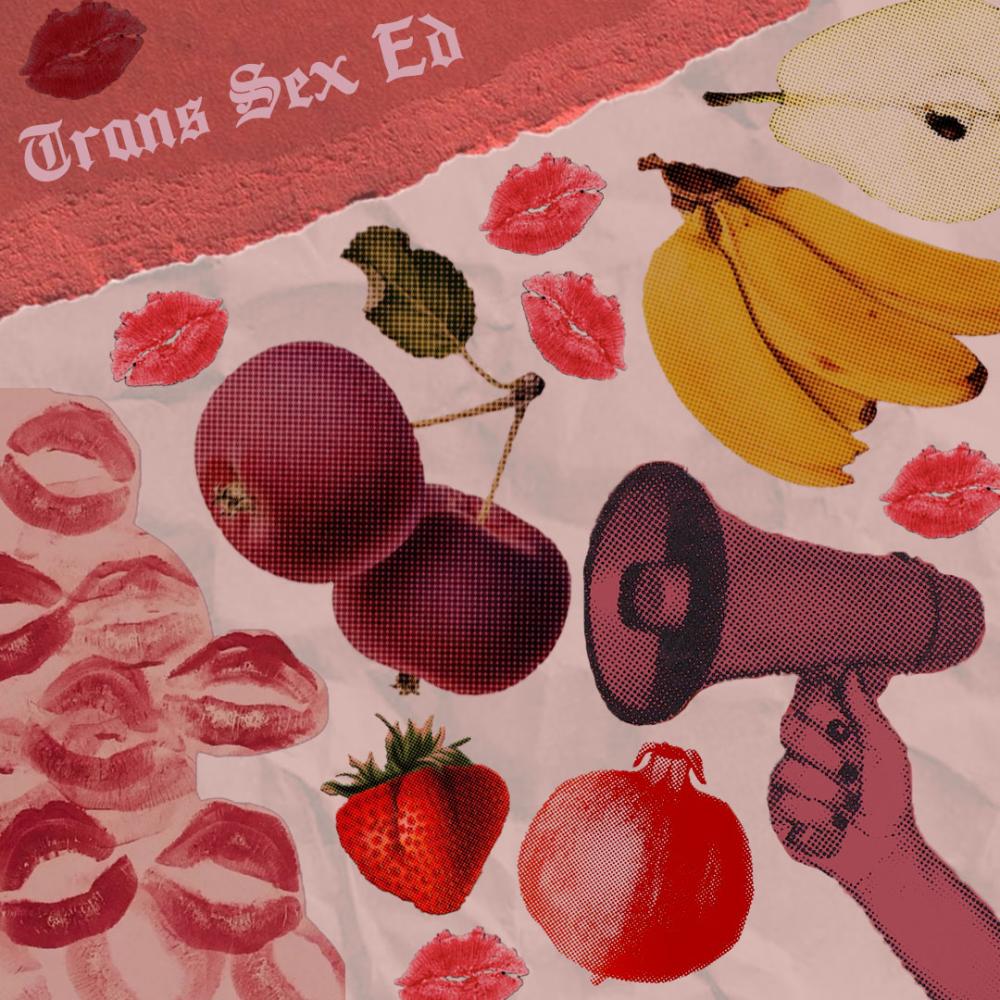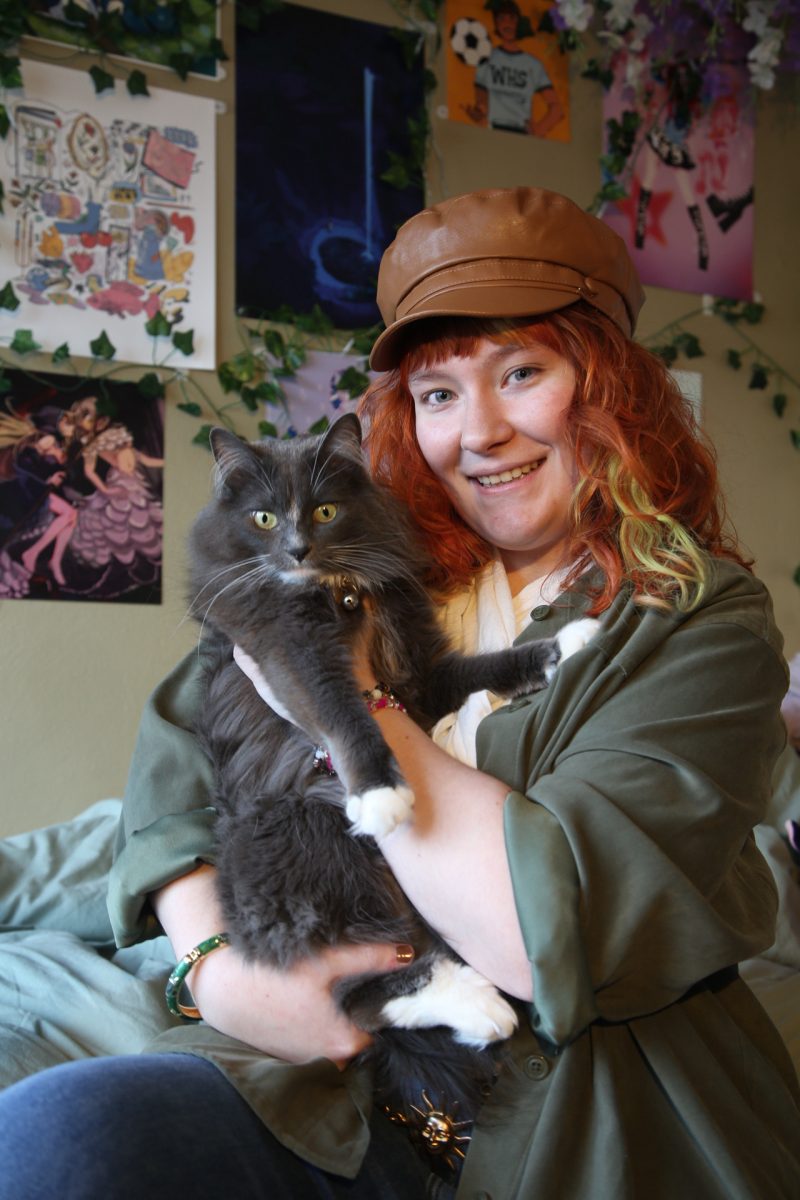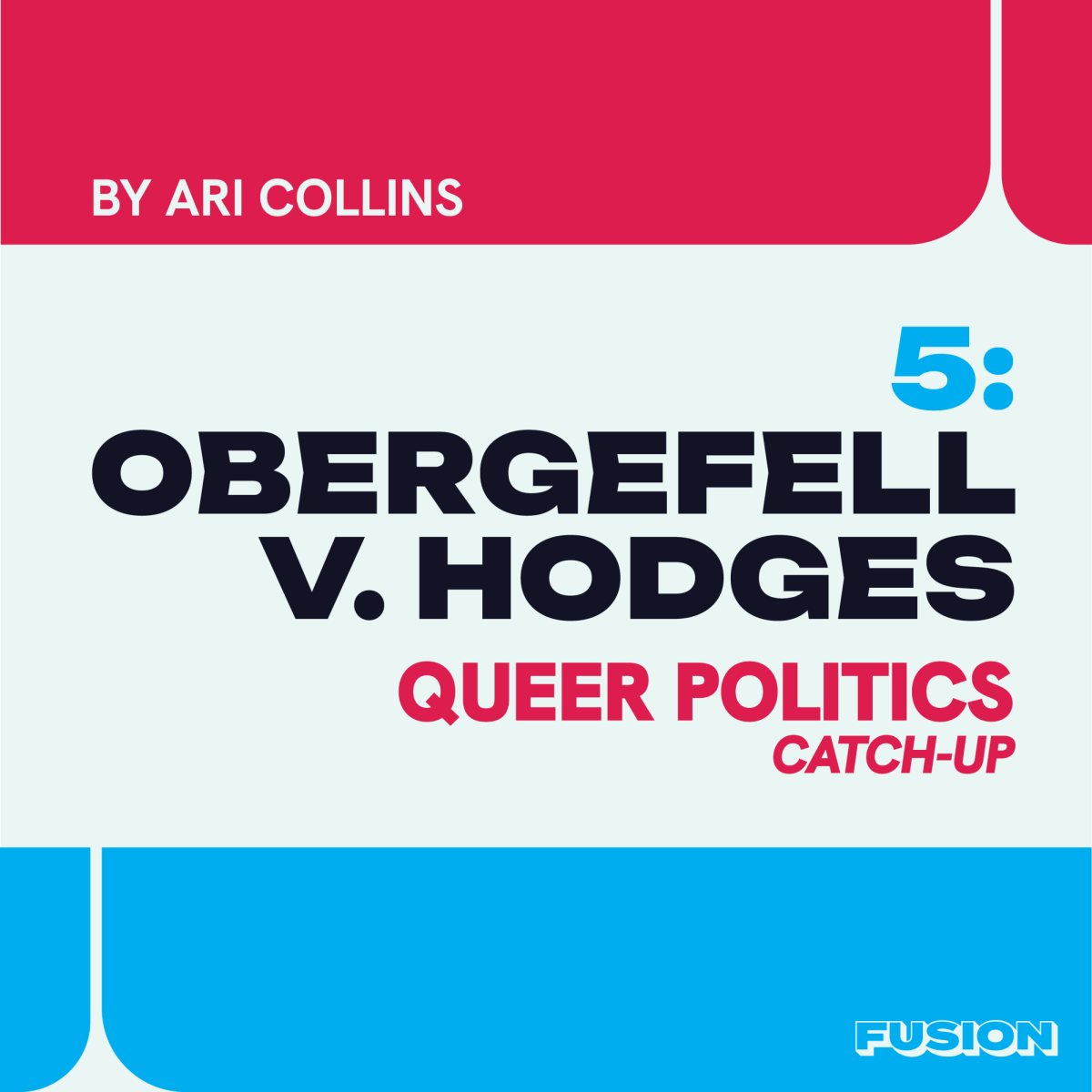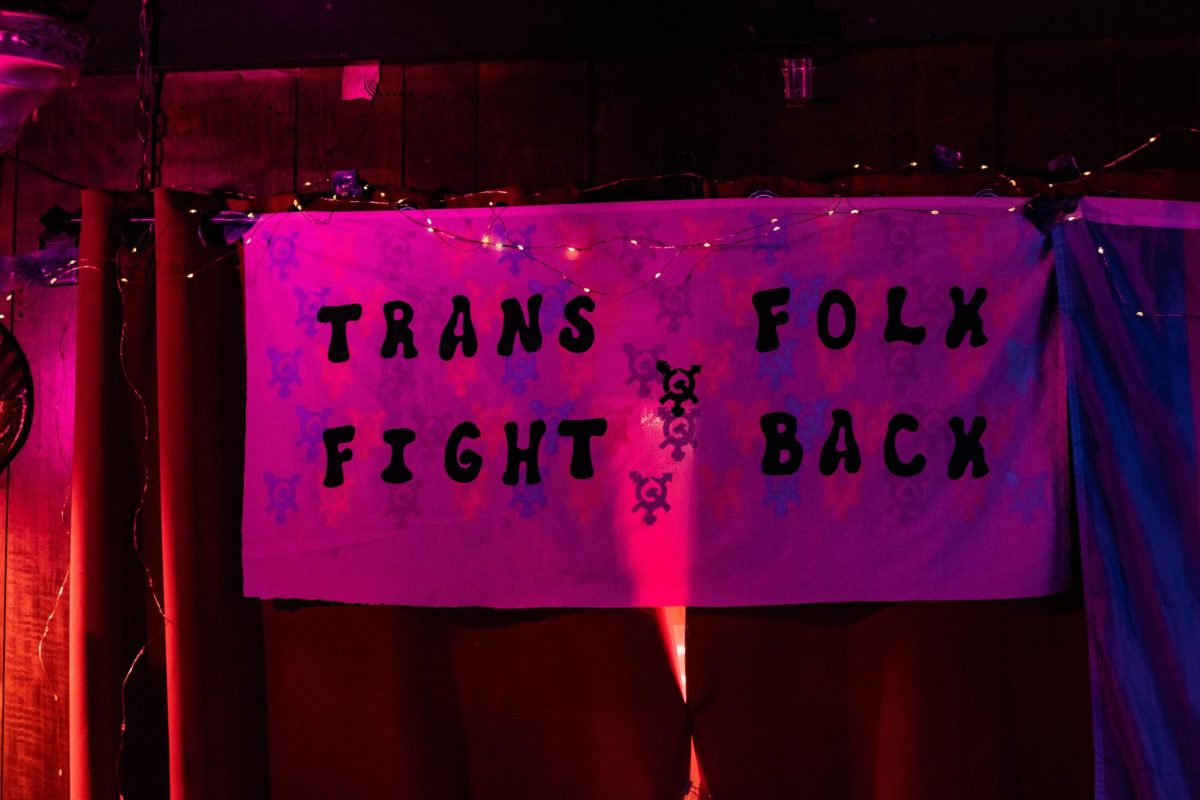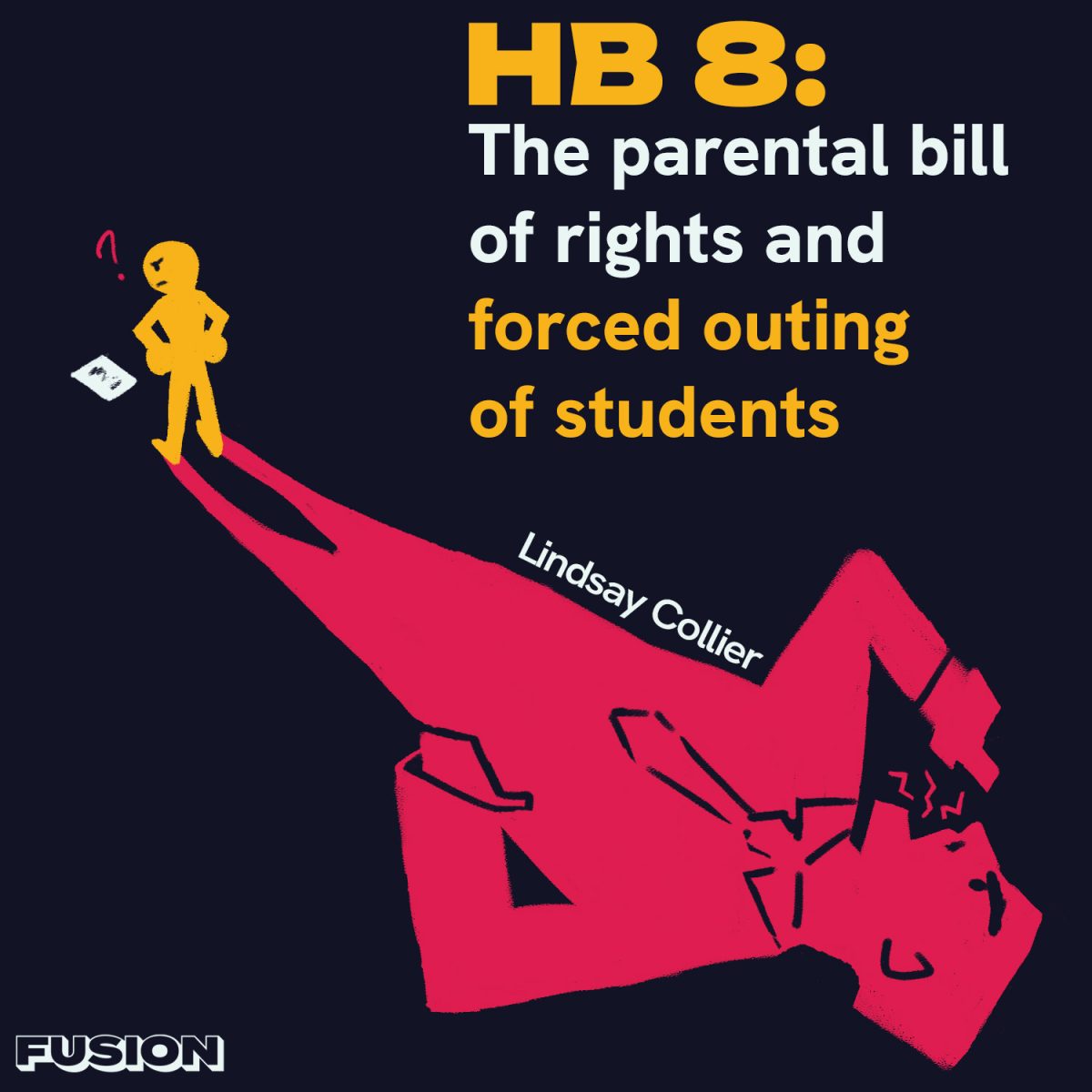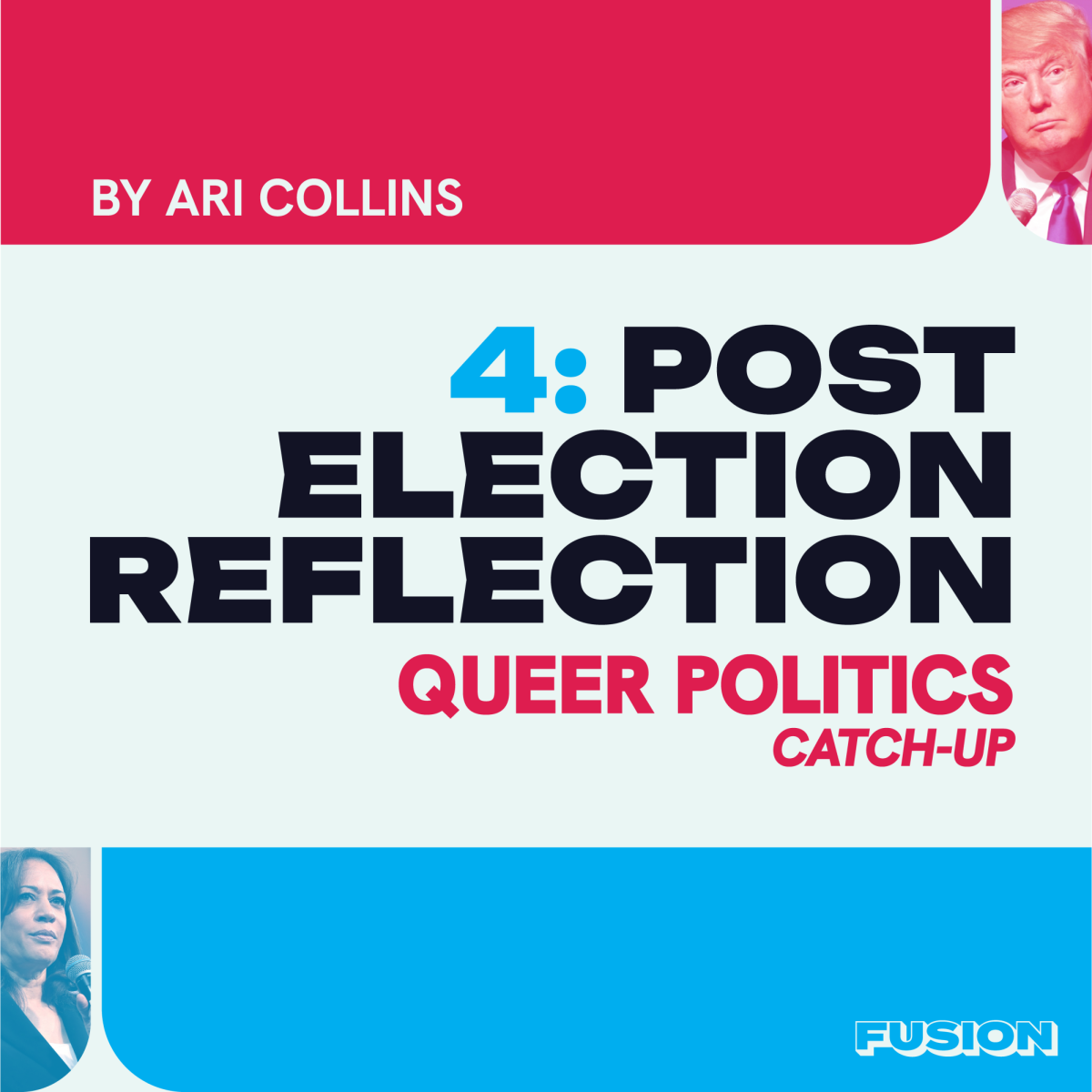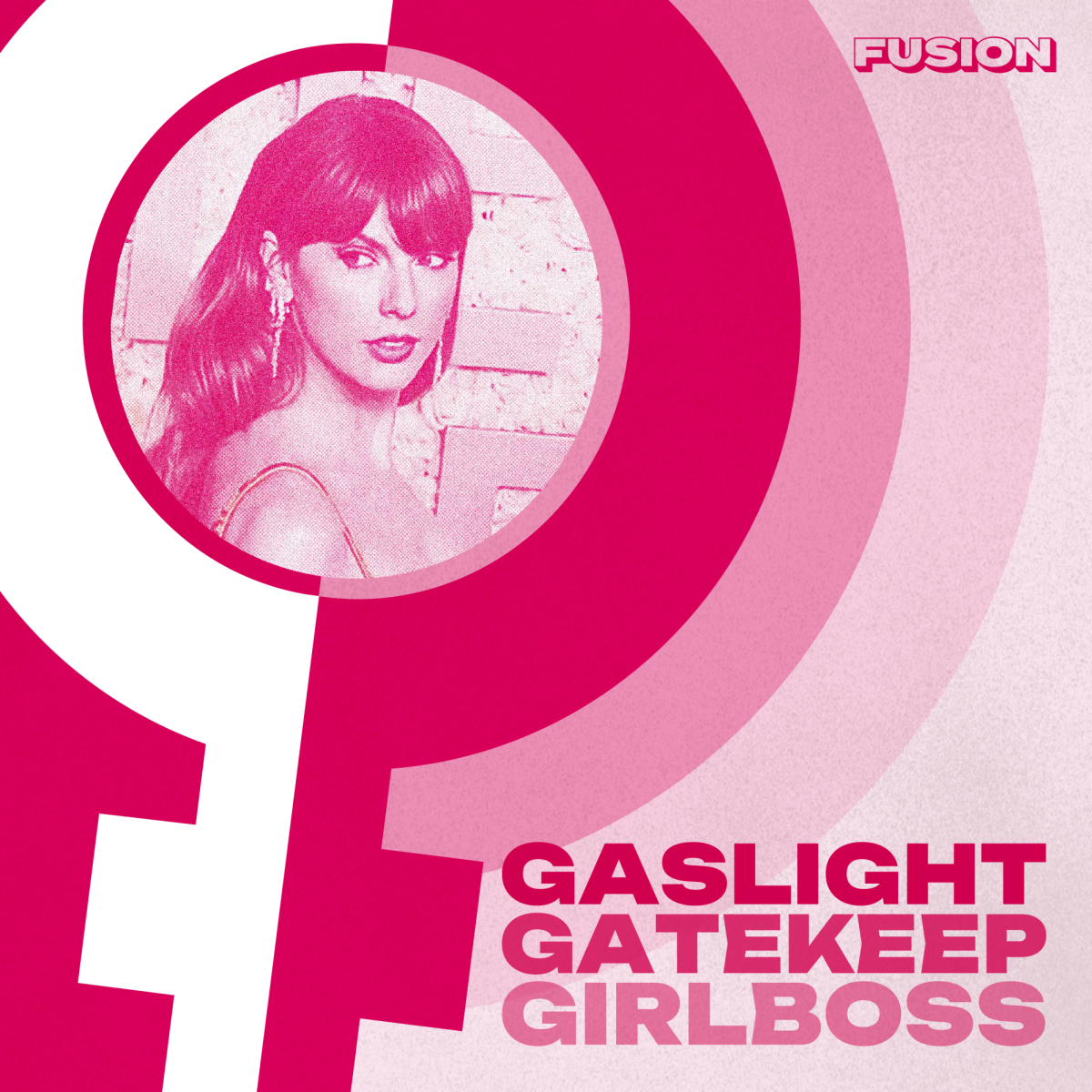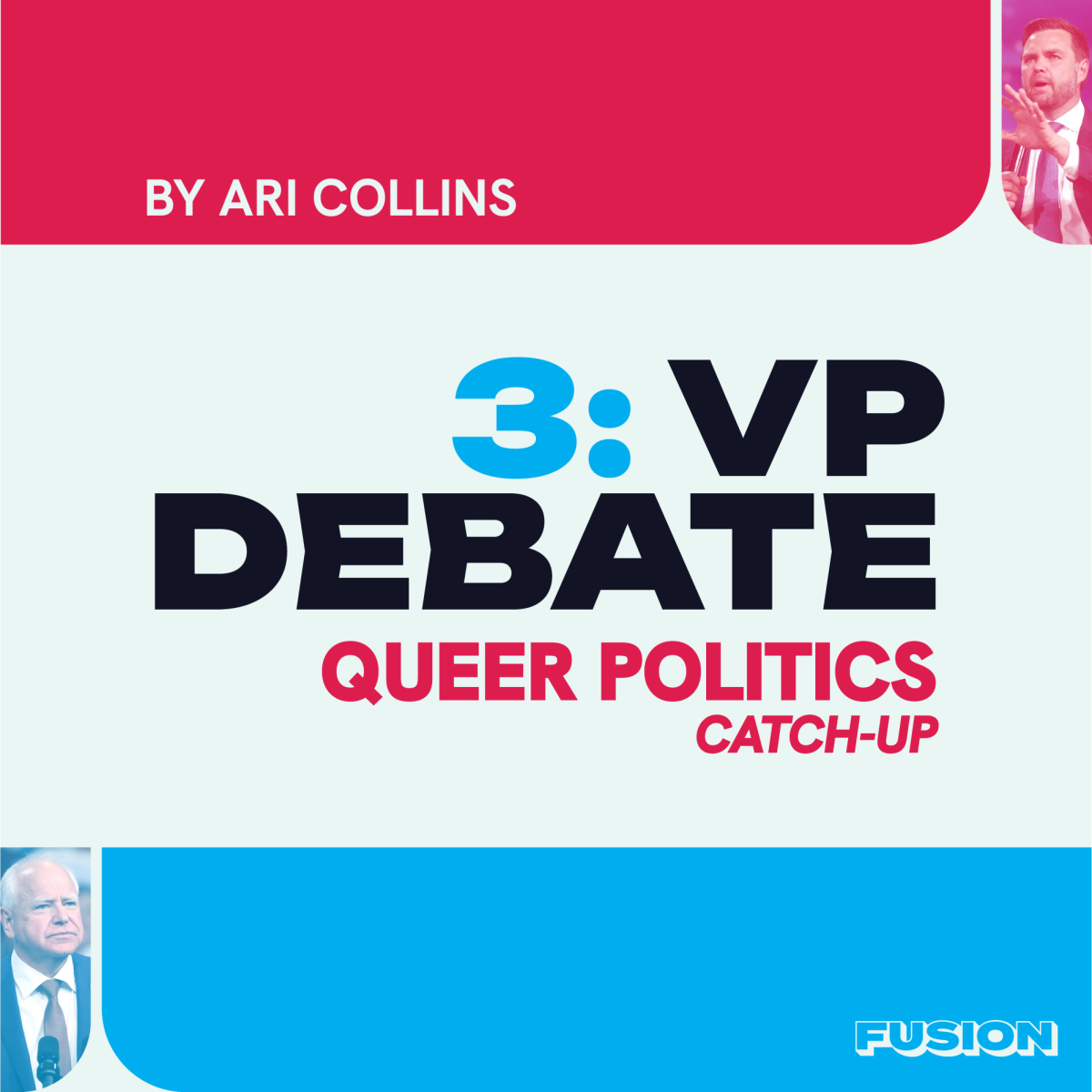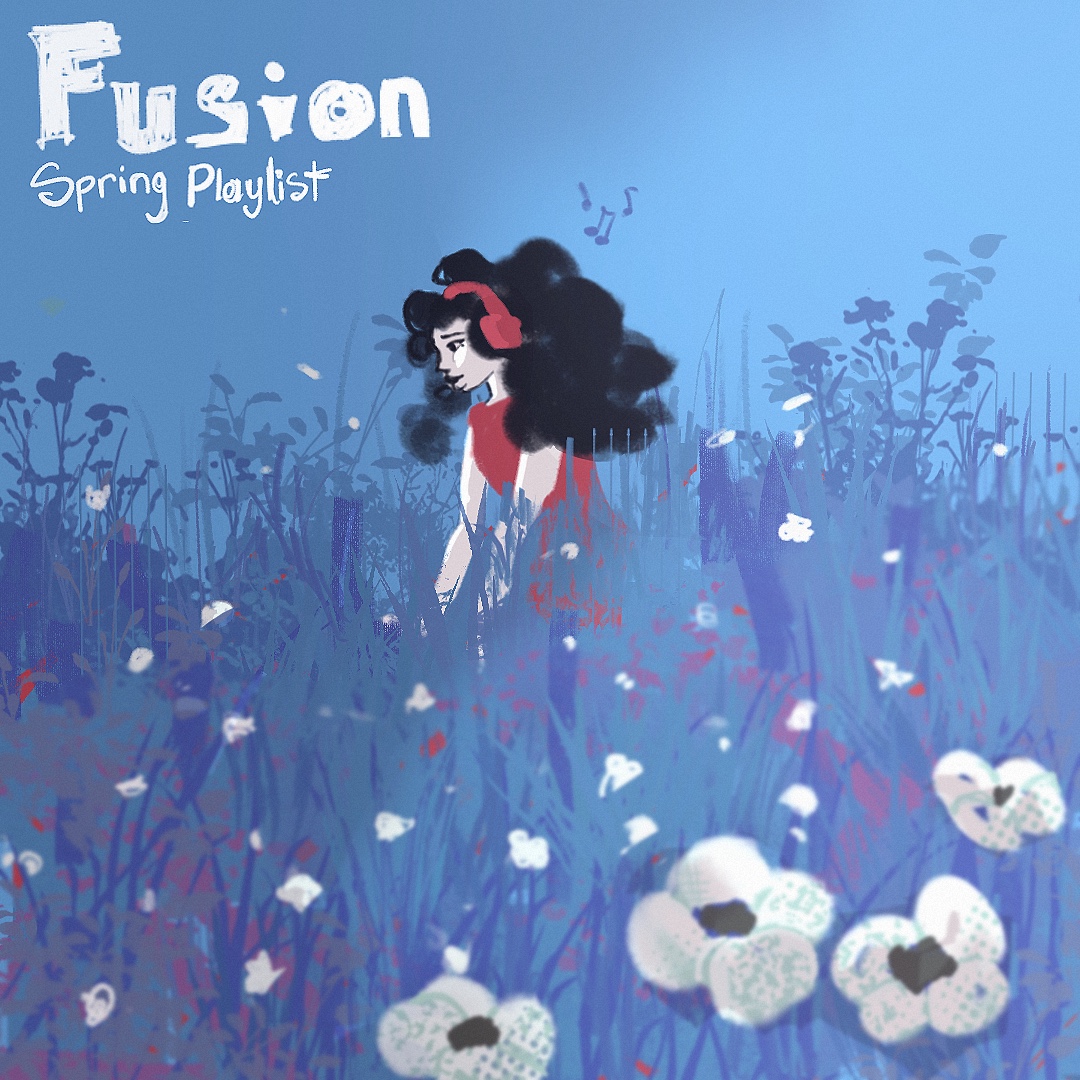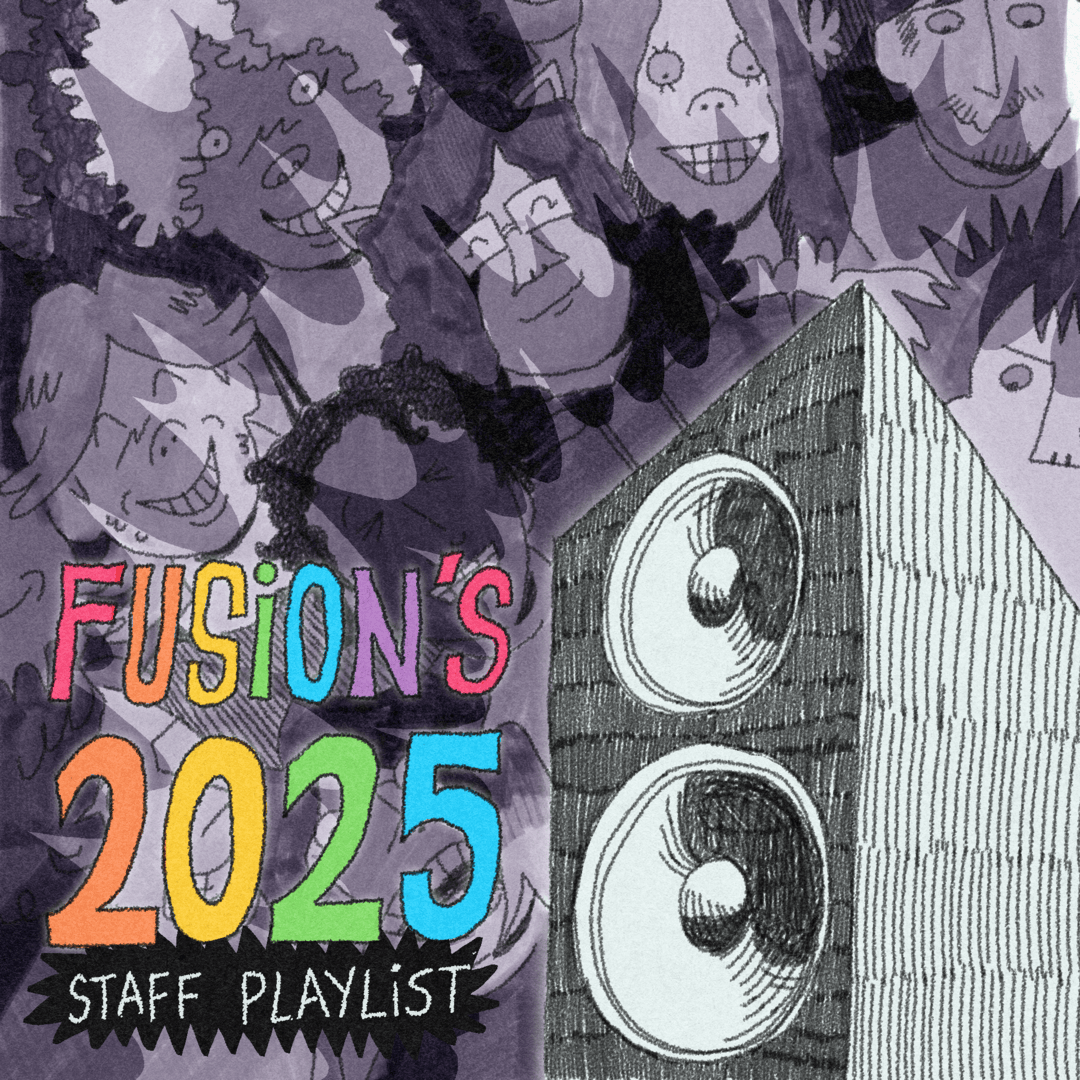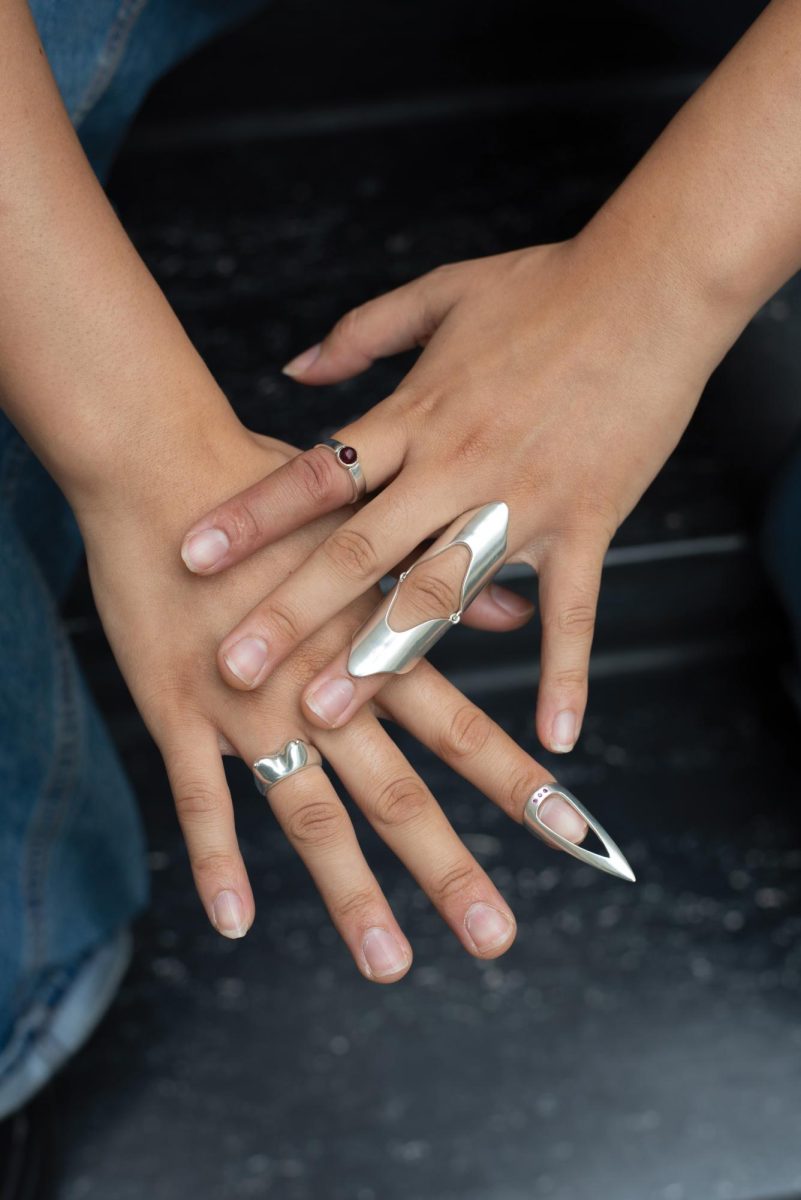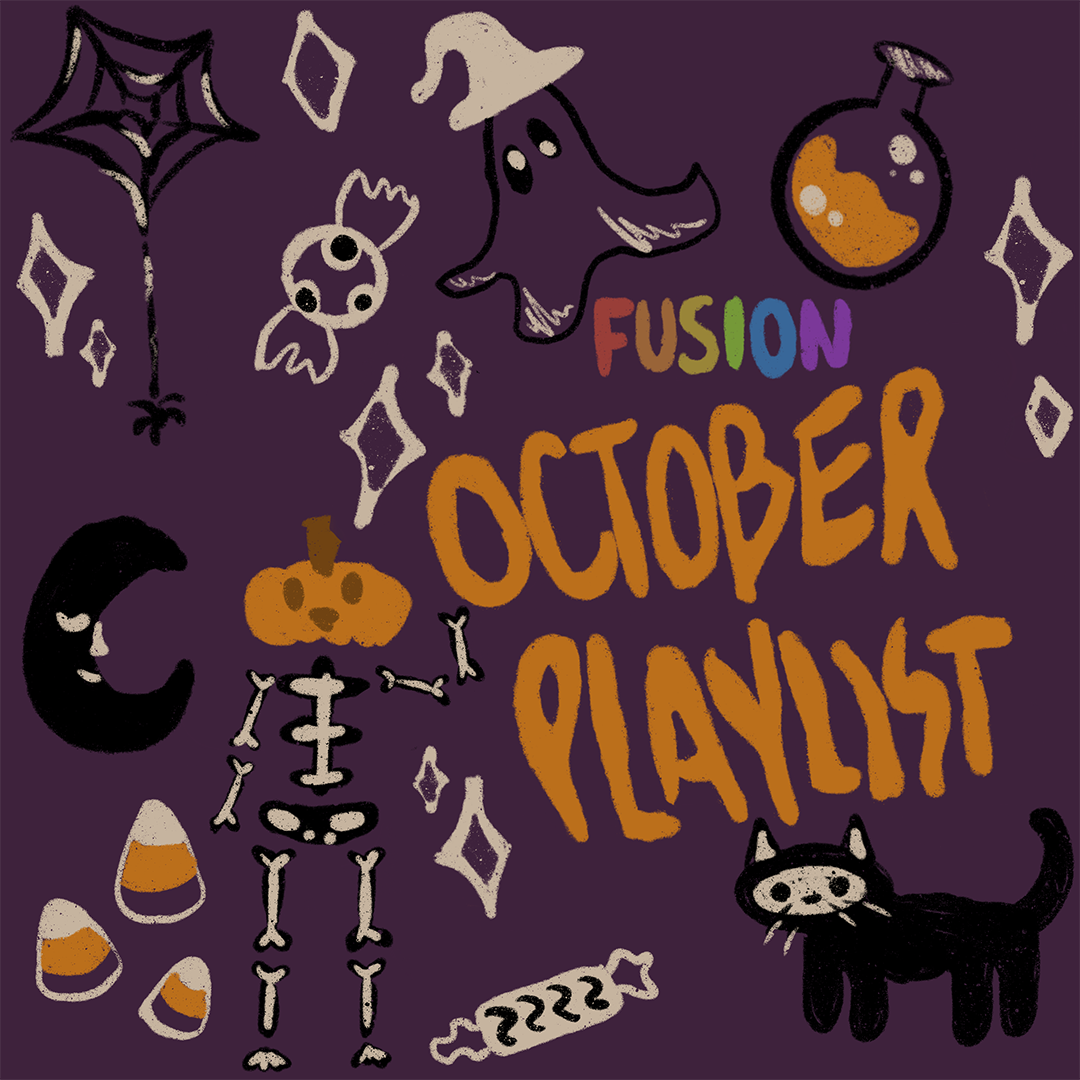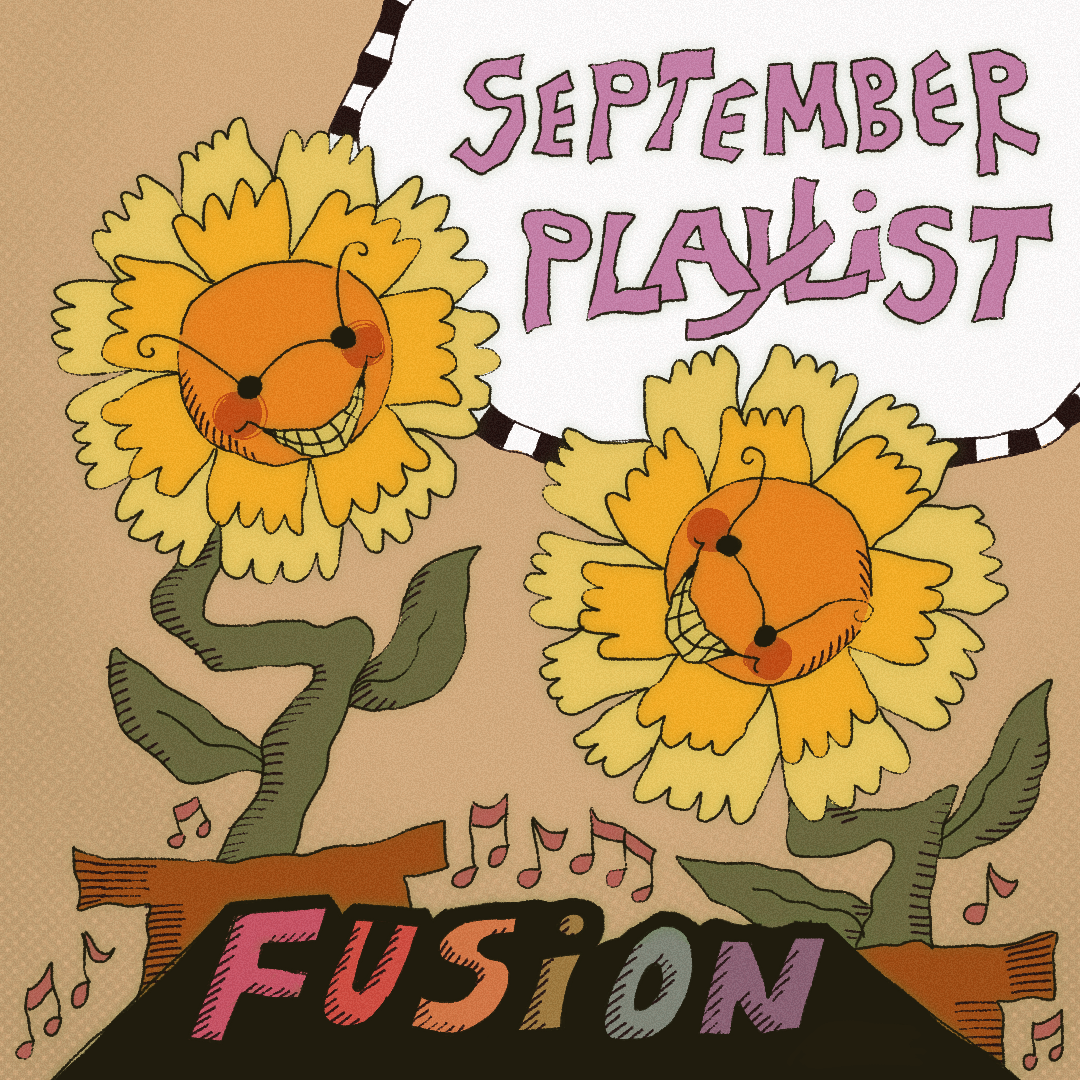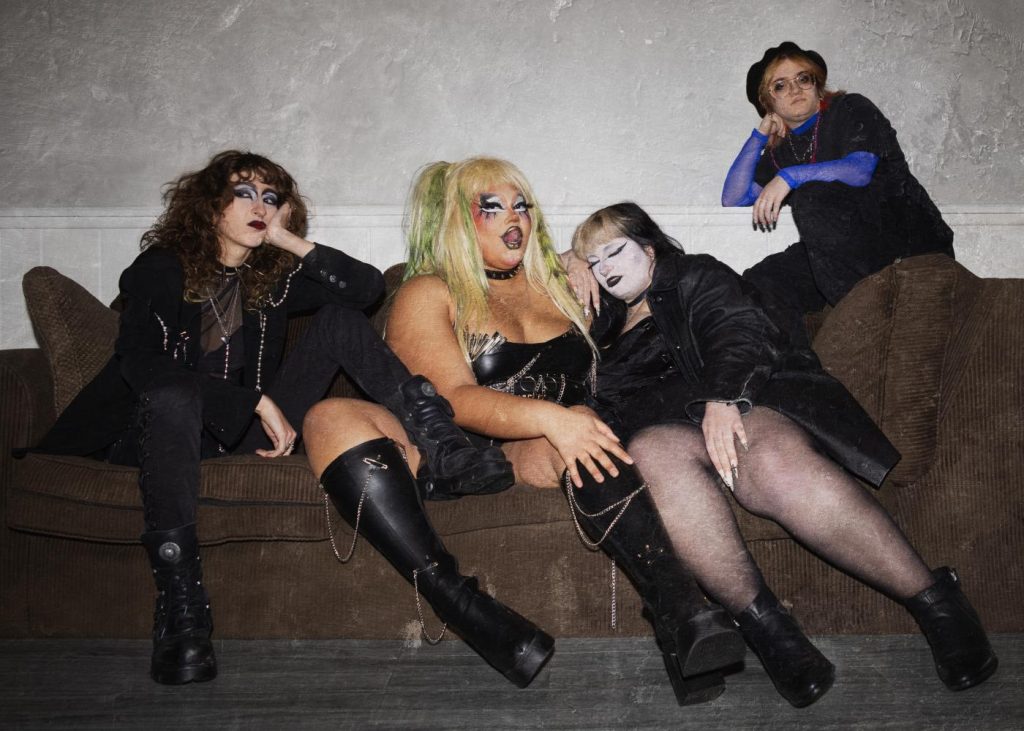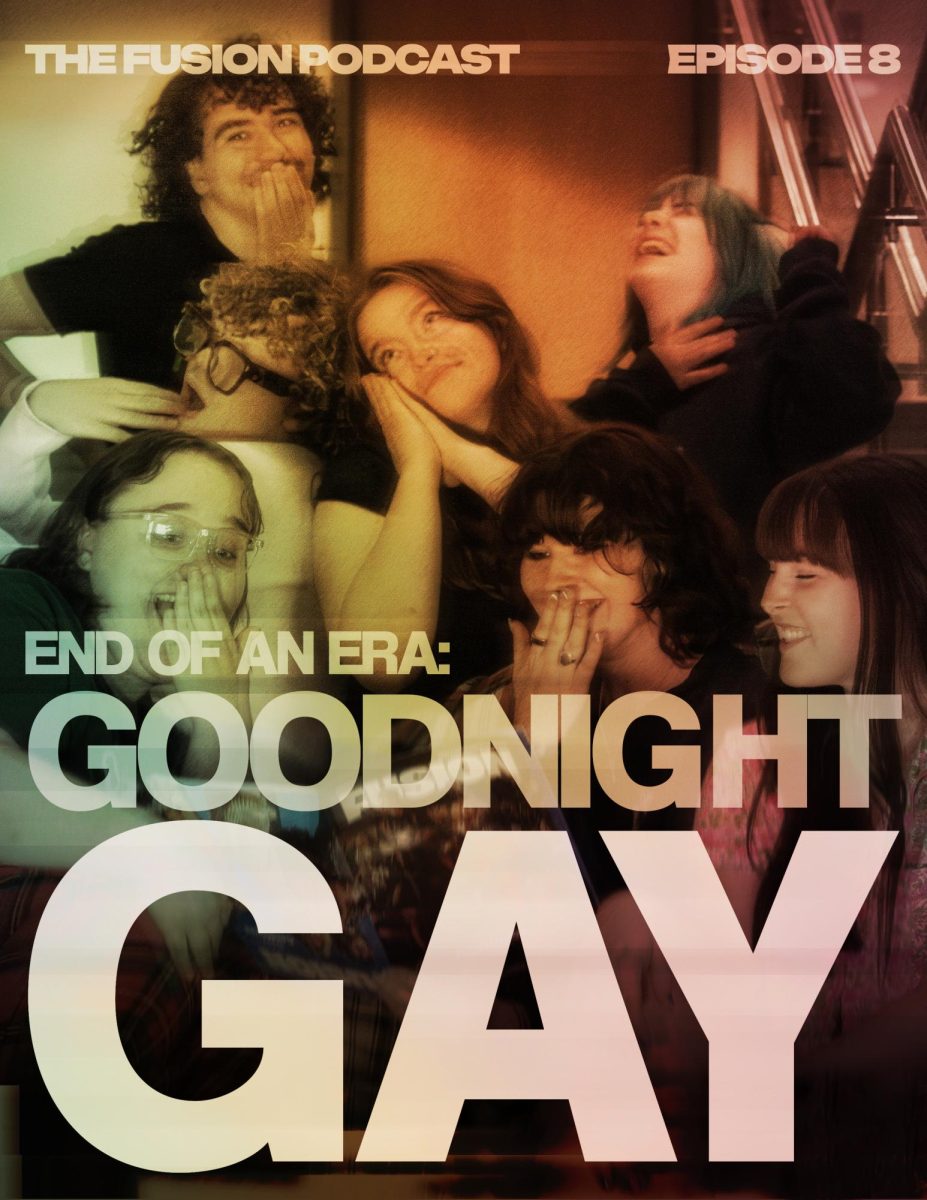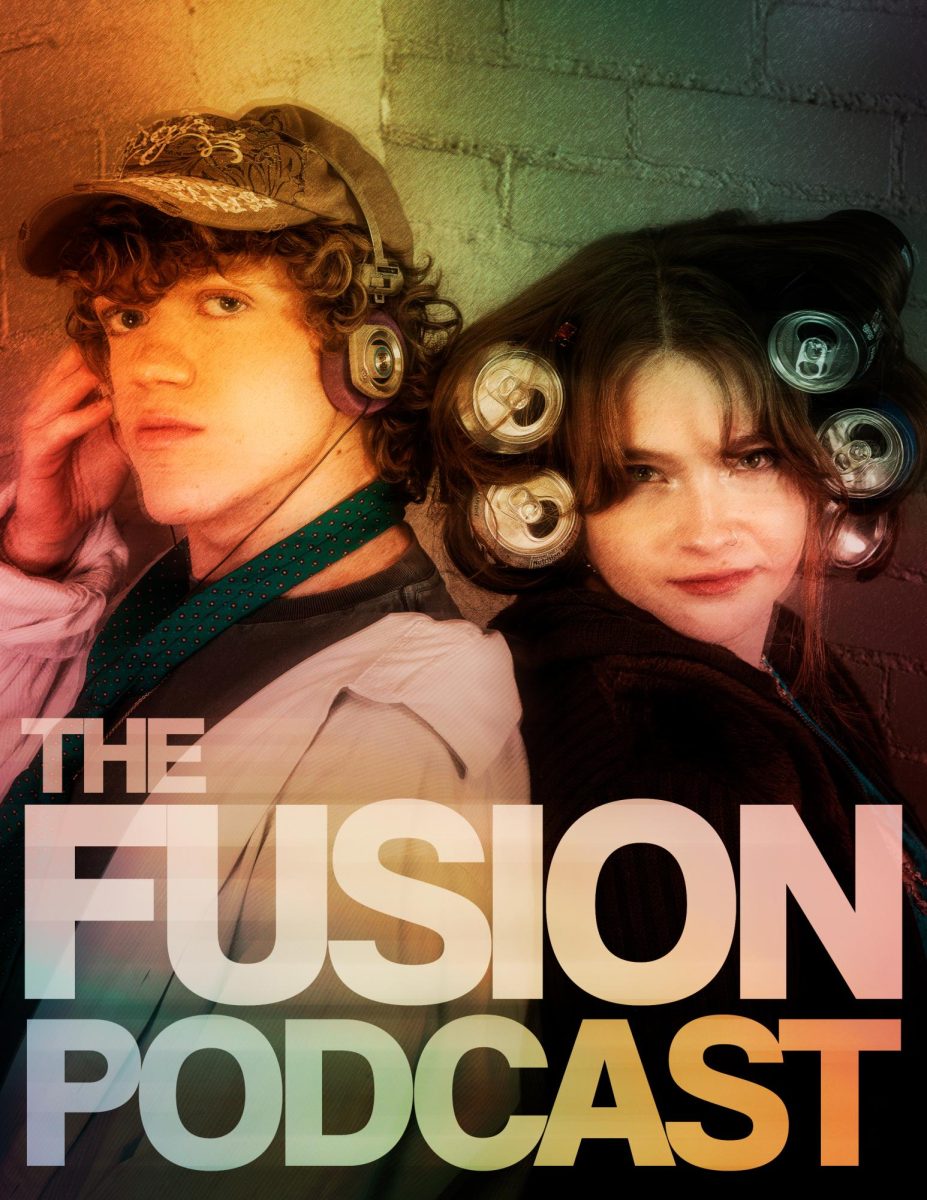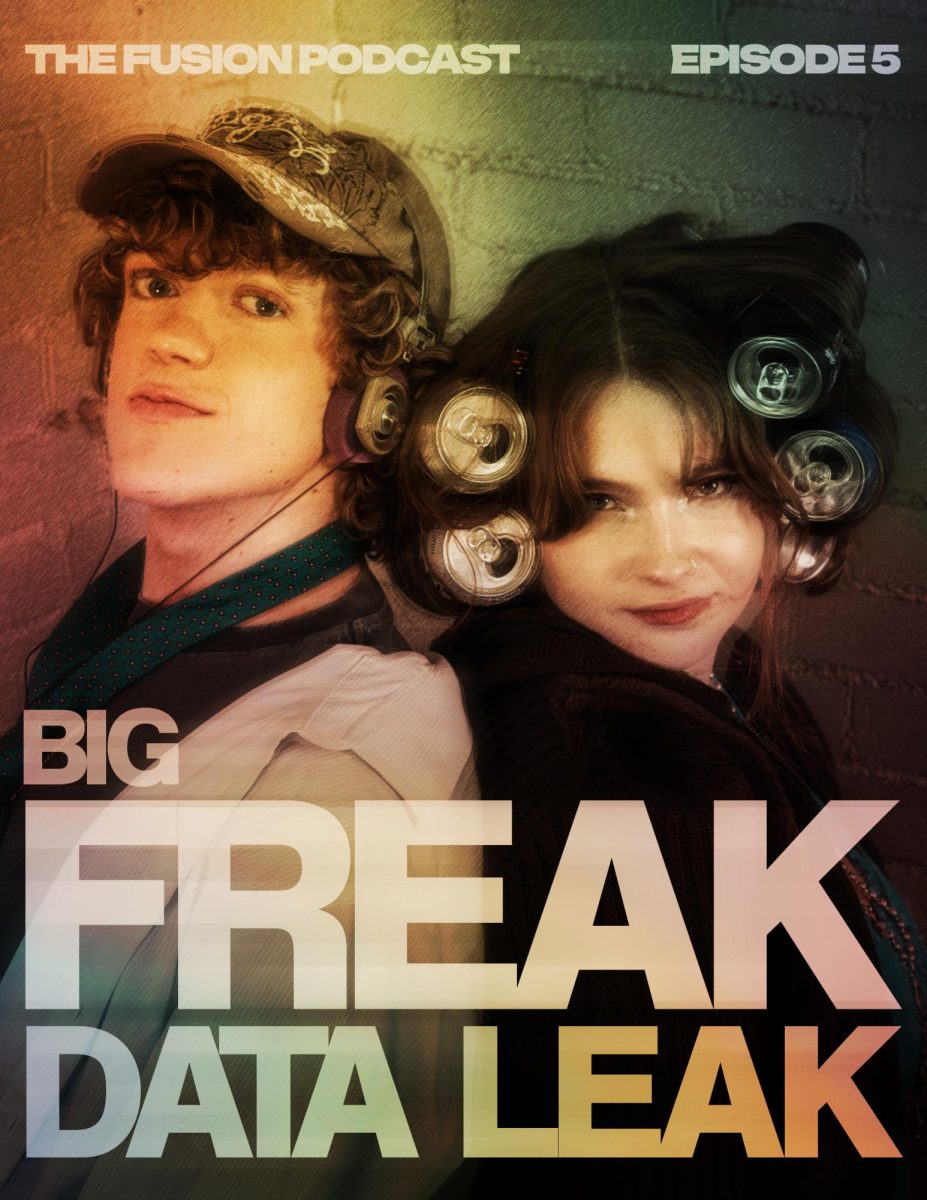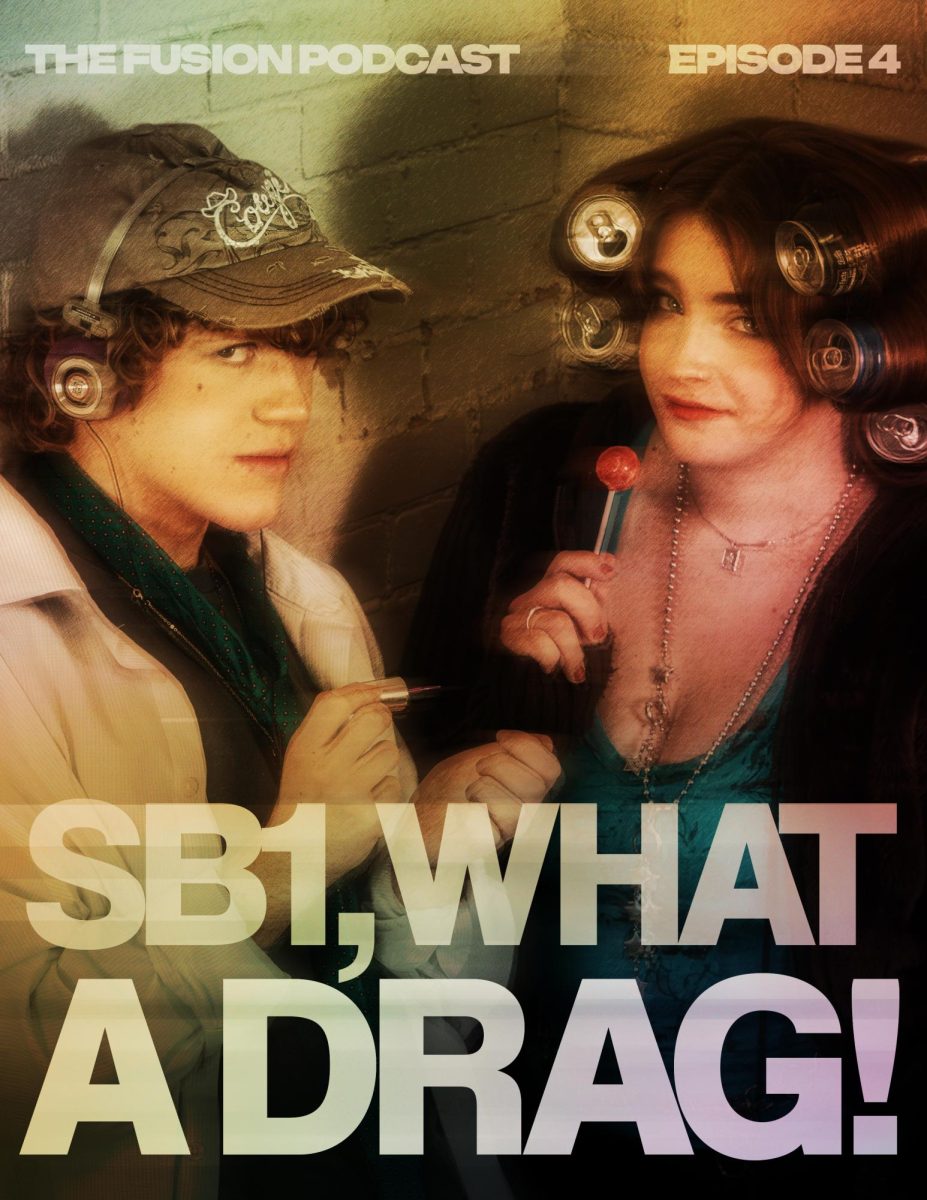
We live in a culture of absolutes. Every person, situation, idea, or thing is grouped into a either one or the other. However, life is not so simply categorized. Though we think we understand that life is filled with subtle grays and other hues, our instinct as human beings is to divide into this or that even if we know the issue is much deeper.
Bisexuality and other sexual identities that aren’t so easily defined or understood push against this norm and are subsequently judged harshly, misrepresented or ignored altogether. Often people don’t understand how someone can exist in two seemingly distinct categories. How can you like men and women?
To these people I ask: How can YOU like only one?
I just do. Men and women aren’t so different–glaringly obvious physical distinctions aside. People are who they are and what they are packing between their legs is rarely the biggest indicator of who they are as people.
I don’t understand monosexuality (finally a box gay and straight people can fit in) as much as some people don’t understand bisexuality. But I certainly don’t deny that some people are only attracted to men or women. Nor do I make gross assumptions about a person’s dating habits based on such. Why must my sexual identity be any different?
People who identify as bisexual are prone to misinformation regarding their ability to remain faithful, their level of promiscuity, their “real” sexual orientation, and others. This is no different than the discrimination faced by other minorities. However, many minority groups “travel in packs” and are able to support each other and defend one another against discrimination, while bisexual people seem to exist on the fringe of the GLBT community and have had trouble uniting to confront adversity common to bisexual people but not others in the community.
This makes declaring a bisexual identity difficult.
This blog’s goal is to highlight these issues that are exclusive to the bisexual community. It is important as “non-monosexuals” that we not only have a stronger voice in the GLBT movement, but that we address issues of discrimination just as so many in gays, lesbians and transgendered individuals have done.
The American Institute on Bisexuality
The below is from the “Bisexual Basics” distributed by the UC Riverside LGBT Resource Center in Riverside, CA:
What Does Biphobia Look Like
• Assuming that everyone you meet is either heterosexual or homosexual.
• Supporting and understanding a bisexual identity for young people because you identified “that way” before you came to your “real” lesbian/gay/heterosexual identity.
• Expecting a bisexual to identify as heterosexual when coupled with the “opposite” gender/sex.
• Believing bisexual men spread AIDS/HIV and other STDs to heterosexuals.
• Thinking bisexual people haven’t made up their minds.
• Assuming a bisexual person would want to fulfill your sexual fantasies or curiosities.
• Assuming bisexuals would be willing to “pass” as anything other than bisexual.
• Feeling that bisexual people are too outspoken and pushy about their visibility and rights.
• Automatically assuming romantic couplings of two women are lesbian, or two men are gay, or a man and a woman are heterosexual.
• Expecting bisexual people to get services, information and education from heterosexual service agencies for their “heterosexual side” and then go to gay and/or lesbian service agencies for their “homosexual side” (sic).
• Feeling bisexuals just want to have their cake and eat it too.
• Believing that bisexual women spread AIDS/HIV and other STDs to lesbians.
• Using the terms “phase” or “stage” or “confused” or “fence-sitter” or “bisexual” or “AC/DC” or “switchhitter” as slurs or in an accusatory way.
• Thinking bisexuals only have committed relationships with “opposite” sex/gender partners.
• Looking at a bisexual person and automatically thinking of their sexuality rather than seeing them as a whole, complete person.
• Believing bisexuals are confused about their sexuality.
• Assuming that bisexuals, if given the choice, would prefer to be within an “opposite” gender/sex coupling to reap the social benefits of a “heterosexual” pairing.
• Not confronting a biphobic remark or joke for fear of being identified as bisexual.
• Assuming bisexual means “available.”
• Thinking that bisexual people will have their rights when lesbian and gay people win theirs.
• Being gay or lesbian and asking your bisexual friend about their lover only when that lover is the same sex/gender.
• Feeling that you can’t trust a bisexual because they aren’t really gay or lesbian, or aren’t really heterosexual.
• Thinking that people identify as bisexual because it’s “trendy.”
• Expecting a bisexual to identify as gay or lesbian when coupled with the “same” sex/gender.
• Expecting bisexual activists and organizers to minimize bisexual issues (i.e. HIV/AIDS, violence, basic civil rights, fighting the Right, military, same sex marriage, child custody, adoption, etc.) and to prioritize the visibility of “lesbian and/or gay” issues.
• Avoid mentioning to friends that you are involved with a bisexual or working with a bisexual group because you are afraid they will think you are a bisexual.


